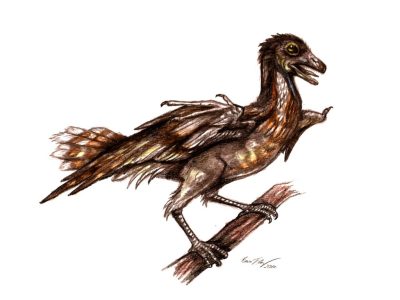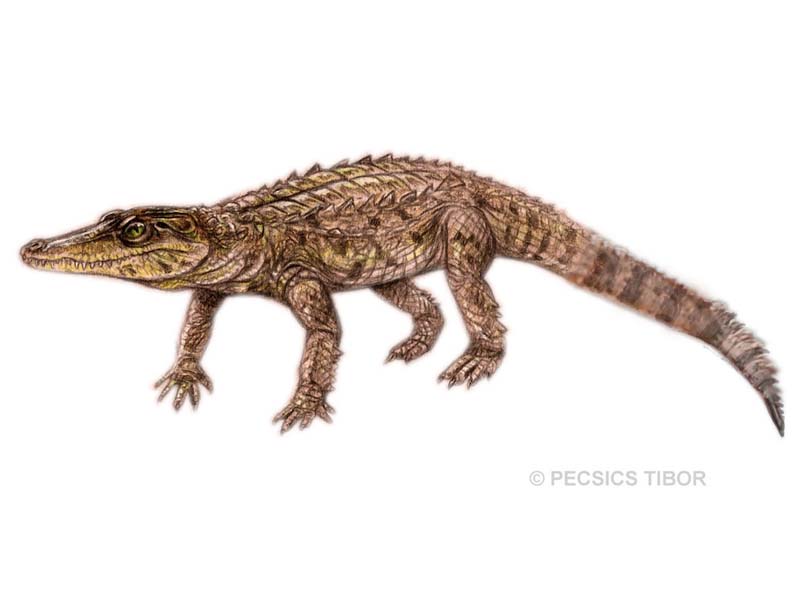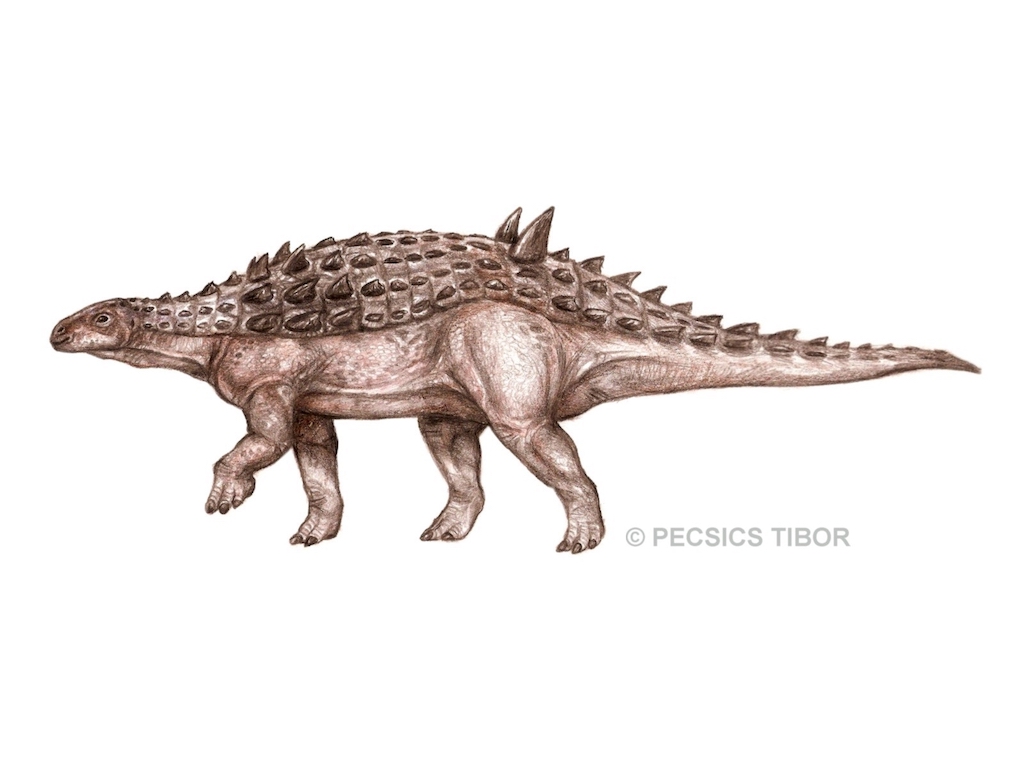
Chromatogenis
Chromatogenys tiliquoides, described as a new genus and species, is considered relatively rare among the Iharkút lizards…

Etymology: Bauxitornis: bird of the bauxite; mindszentyae: after Andrea Mindszenty, recognized researcher of bauxite deposits and professor of the Eötvös Loránd University in Budapest.
The Iharkút vertebrate locality is among the few places in Europe where the fossils of the very poorly known Cretaceous birds have been also discovered. From the almost 10.000 fossils, collected in Iharkút, approximately a dozen of bones belong to birds. In spite of their fragmentary nature, these specimens greatly improve our knowledge on the Iharkút bird fauna and their affinities within Europe. Two different species, both belonging to the extinct group Enantiournithes, have been identified among which the larger one, with the size of a buzzard, is a new species and has got the name Bauxitornis. The other form, with the size of a throstle, is known on the basis of a small thigh bone. It is supposed, however, that the 85 million years old bird fauna from Iharkút was much more diverse than we know.

Chromatogenys tiliquoides, described as a new genus and species, is considered relatively rare among the Iharkút lizards…

Similarly to Doratodon, this small crocodilian is very rare at Iharkút and its presence has been only identified in the last few years…

Mochlodon, with a body length no longer than 2 meters, was one of the smallest within the clade of rhabodontid ornithopod dinosaurs endemic to Europe…

For a long time it was thought that the Iharkút dinosaur fauna included only one armored dinosaur…